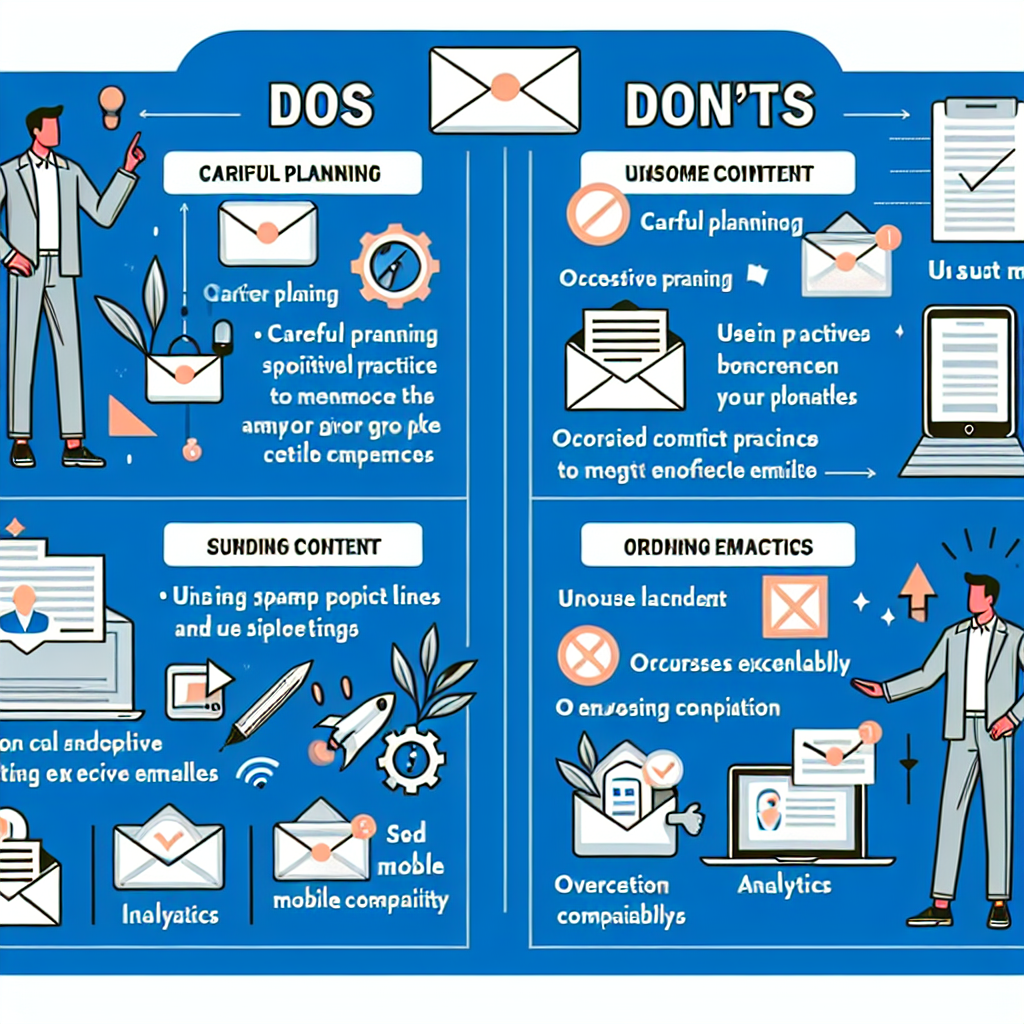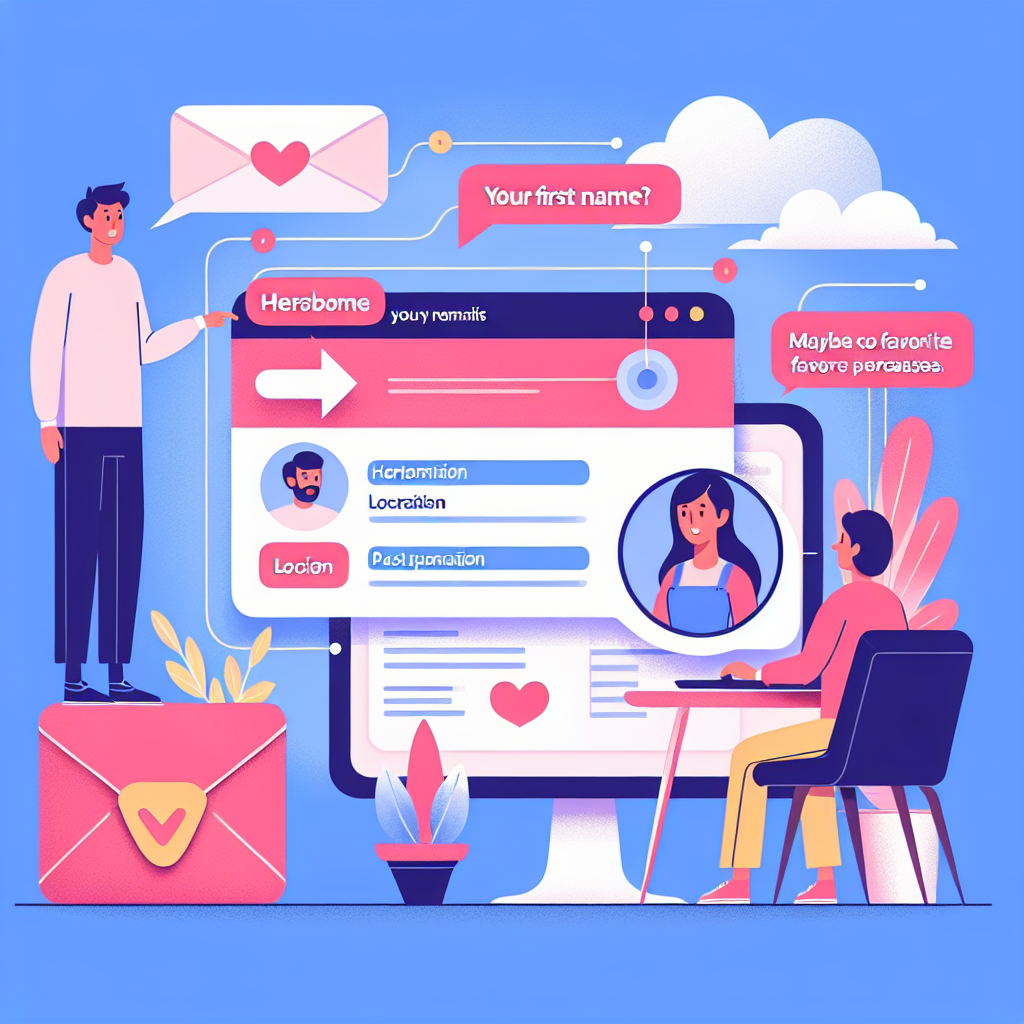The Power of Personalization in Email Marketing
Email marketing remains one of the most effective digital marketing strategies. However, in an era where consumers are bombarded with emails, personalization has become the key to standing out. Personalized emails not only capture attention but also drive engagement and conversions. In this article, we’ll delve into the power of personalization in email marketing, supported by statistics, examples, and actionable tips to enhance your email campaigns.
What is Email Personalization?
Email personalization involves tailoring your email content to individual recipients based on their preferences, behaviors, and past interactions with your brand. This goes beyond simply addressing them by their first name. Personalized emails can include product recommendations, customized offers, and content that resonates with the recipient’s interests.
Why Personalization Matters in Email Marketing
Personalization in email marketing matters because it makes recipients feel valued and understood. Here are some compelling statistics that highlight the impact of email personalization:
- Emails with personalized subject lines are 26% more likely to be opened (Campaign Monitor).
- Personalized emails deliver 6x higher transaction rates (Experian).
- Marketers have noted a 760% increase in revenue from segmented campaigns (Campaign Monitor).
Enhancing Customer Experience
Personalized emails provide a better customer experience by offering relevant content. When customers receive emails tailored to their interests and needs, they are more likely to engage with the content and take the desired action.
Boosting Engagement
Engagement rates are significantly higher with personalized emails. According to HubSpot, personalized calls to action perform 202% better than generic ones. By sending emails that resonate with your audience, you can increase click-through rates and drive more traffic to your website.
Increasing Conversion Rates
Personalized email marketing has a direct impact on your bottom line. By delivering the right content to the right people at the right time, you can increase conversion rates. For example, personalized product recommendations based on past purchases can encourage repeat sales.
How to Personalize Your Email Campaigns
Segment Your Email List
Segmentation is the foundation of effective email personalization. By dividing your email list into smaller groups based on demographics, behavior, purchase history, and preferences, you can send targeted emails that are more likely to resonate with each segment. According to Mailchimp, segmented campaigns have a 14.31% higher open rate than non-segmented campaigns.
Use Dynamic Content
Dynamic content allows you to create emails that automatically adapt to each recipient. For instance, you can show different product recommendations, images, or offers based on the recipient’s past behavior. This ensures that each email is highly relevant and personalized.
Leverage Behavioral Data
Utilize data from your website and previous email interactions to personalize your emails. For example, if a customer abandoned their shopping cart, you can send them a reminder email with the items they left behind. Behavioral triggers can significantly enhance the relevance of your emails and boost conversion rates.
Personalize Subject Lines and Email Copy
Personalized subject lines can increase open rates, while personalized email copy can improve engagement. Address recipients by their first name, reference their past purchases, and tailor your message to their interests. According to Experian, personalized subject lines can increase open rates by 50%.
Implement Personalized Product Recommendations
Product recommendations based on purchase history or browsing behavior can drive repeat sales and increase average order value. Amazon, for example, generates 35% of its revenue from personalized product recommendations. By suggesting products that your customers are likely to be interested in, you can enhance their shopping experience and drive more sales.
Utilize Customer Feedback
Customer feedback is a valuable source of data for personalization. Use surveys, reviews, and feedback forms to gather insights into your customers’ preferences. This information can help you create more personalized and relevant email content.
Examples of Effective Email Personalization
Netflix
Netflix uses personalization to enhance the user experience by sending personalized recommendations based on viewing history. Their emails often include a list of shows and movies that the recipient is likely to enjoy, based on their past viewing behavior.
Spotify
Spotify’s personalized email campaigns include custom playlists and recommendations based on listening habits. Their “Discover Weekly” and “Release Radar” emails are prime examples of how personalization can drive engagement and user satisfaction.
Amazon
Amazon is a master of email personalization, using purchase history and browsing behavior to send highly targeted product recommendations and offers. Their emails often feature items similar to what the recipient has previously viewed or purchased, increasing the likelihood of a repeat sale.
Actionable Tips to Improve Email Personalization
Collect and Utilize Data
To personalize your emails effectively, you need to collect and analyze data on your customers. Use tools like CRM systems, email marketing platforms, and web analytics to gather insights into your customers’ behavior and preferences. This data will be the foundation of your personalization efforts.
Test and Optimize
Personalization is not a one-size-fits-all approach. Continuously test different personalization strategies and monitor their performance. Use A/B testing to compare different subject lines, email content, and offers to see what resonates best with your audience. Optimize your campaigns based on the results to improve their effectiveness.
Automate Your Campaigns
Automation tools can help you deliver personalized emails at scale. Use email marketing automation platforms to set up trigger-based emails, such as welcome emails, cart abandonment reminders, and post-purchase follow-ups. Automation ensures that your emails are timely and relevant, without requiring manual effort.
Keep Your Data Clean
Maintaining accurate and up-to-date customer data is essential for effective personalization. Regularly clean and update your email list to remove duplicates, correct errors, and ensure that your data is accurate. This will help you deliver more relevant and personalized emails to your audience.
Conclusion
The power of personalization in email marketing cannot be overstated. By delivering relevant and tailored content to your recipients, you can enhance the customer experience, boost engagement, and drive conversions. Implementing strategies like segmentation, dynamic content, and behavioral triggers can take your email campaigns to the next level. As you continue to refine your personalization efforts, you’ll build stronger relationships with your customers and achieve better results from your email marketing campaigns.
Incorporate these tips and examples into your email marketing strategy to unlock the full potential of personalization. Stay ahead of the competition and ensure that your emails stand out in your recipients’ inboxes.


